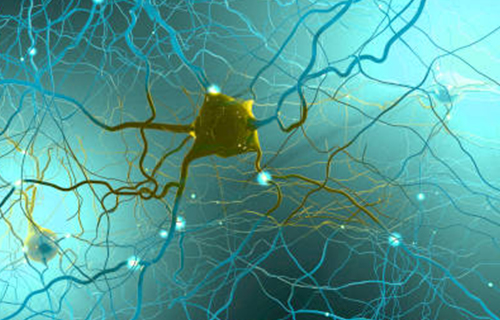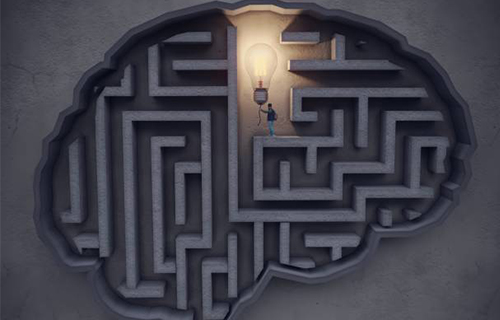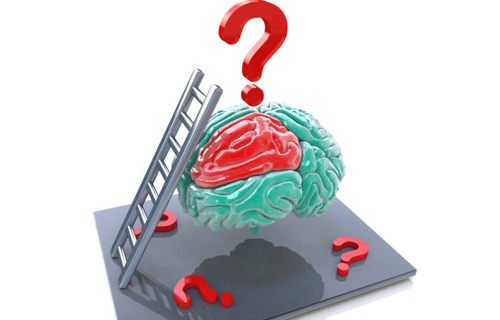
When we make decisions, we often assume that we are using our conscious minds to weigh various options and come to a rational conclusion. However, the reality is much more complex. The brain is a complex system of neurons and synapses, and decision-making involves a range of neural activities that can influence our behavior in ways we may not even be aware of. In this article, we’ll explore the relationship between neural activity and behavior in decision-making.
Neural Activity and Decision Making
Decision-making involves a range of cognitive processes that are controlled by the brain. When faced with a decision, our brain processes various sensory information and considers multiple options before concluding. This process involves a range of neural activities, including the firing of neurons and the release of neurotransmitters.
Research has shown that different brain areas are involved in decision-making. For example, the prefrontal cortex is interested in working memory and attention, essential for evaluating options and making decisions. The amygdala is involved in emotional processing and can influence decision-making based on our emotional state. The striatum is involved in reward processing and can affect our decisions based on the potential rewards or punishments associated with different options.

The Influence of Neural Activity on Behavior
While we may think that we are making decisions based on rational thought processes, the reality is that our behavior can be influenced by a range of neural activity that occurs outside of our conscious awareness. For example, research has shown that our emotional state can affect our decision-making, even if unaware. This is because emotional states are associated with different patterns of neural activity, which can bias our decision-making toward specific options.
Similarly, releasing neurotransmitters such as dopamine can also influence our decision-making. Dopamine is associated with reward processing, and research has shown that it can bias our decision-making toward options related to potential rewards. This can be seen in addiction, where individuals may continue to engage in addictive behaviors even when they know they are harmful because the release of dopamine associated with these behaviors is so rewarding.

The Role of Conscious Thought in Decision Making
While it is clear that neural activity can influence our decision-making, it is also important to note the role of conscious thought in decision-making. Conscious thought allows us to weigh the pros and cons of different options and come to a reasoned conclusion. However, even conscious thought is influenced by neural activity.
Research has shown that conscious thought is associated with increased activity in the prefrontal cortex, which is involved in working memory and attention. However, this activity is not sufficient on its own to make a decision. Instead, it must be integrated with other patterns of neural activity, including those associated with emotional processing and reward processing, to make a decision.

Implications for Understanding Decision Making
Understanding the relationship between neural activity and behavior in decision-making has important implications for a range of fields. For example, psychology can help us better understand the cognitive processes involved in decision-making and how these processes can be influenced by factors such as emotion and reward.
In neuroscience, understanding the relationship between neural activity and behavior in decision-making can help us better understand the brain mechanisms involved in decision-making and how these mechanisms may be disrupted in conditions such as addiction and mental illness.
In addition, understanding the relationship between neural activity and behavior in decision-making can also have important implications for the development of artificial intelligence. By understanding how the brain processes information and makes decisions, we may be able to develop more advanced artificial intelligence systems that can make decisions in a more human-like way.

Conclusion:
In conclusion, the relationship between neural activity and behavior in decision-making is complex and multifaceted. While conscious thought plays a vital role in decision-making, it is clear that neural activity can also influence our behavior in various ways. By understanding this relationship, we can gain a deeper insight into the cognitive processes involved in decision-making and how multiple factors can influence these processes.
This understanding has important implications for various fields, from psychology and neuroscience to artificial intelligence. By continuing to explore the relationship between neural activity and behavior in decision-making, we may be able to develop new insights and advances in these fields, leading to a better understanding of the human mind and the development of new technologies that can improve our lives.

